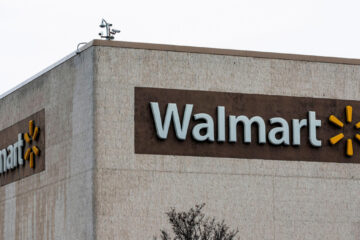Other stocks on the Goldman Sachs list include Colgate-Palmolive, P&G, Schlumberger, Advance Auto Parts and PPG.
With inflation soaring, investors may be looking for stocks that can withstand rising prices.
Goldman Sachs put together a list of companies with strong pricing power over the past five years. These are stocks with wide and stable gross-profit margins, the investment firm says.
The list includes consumer-goods giants Colgate-Palmolive (CL) – Get Colgate-Palmolive Company Report and Procter & Gamble (PG) – Get Procter & Gamble Company Report, health-care giant Johnson & Johnson (JNJ) – Get Johnson & Johnson Report, technology/consumer products company 3M (MMM) – Get 3M Company Report, athletic apparel and shoe company Nike (NKE) – Get NIKE, Inc. Class B Report, and graphics-software specialist Adobe (ADBE) – Get Adobe Inc. Report.
The roster also contains oil-services company Schlumberger (SLB) – Get Schlumberger NV Report, chemical company PPG Industries (PPG) – Get PPG Industries, Inc. Report, retailer Advance Auto Parts (AAP) – Get Advance Auto Parts, Inc. Report, software juggernaut Oracle (ORCL) – Get Oracle Corporation Report and tobacco company Philip Morris (PM) – Get Philip Morris International Inc. Report.
Morningstar analyst Damien Conover likes Johnson & Johnson, giving it a wide moat.
Fourth-quarter results this week “reinforce our conviction for solid future growth, especially in the drug group (close to 60% of sales) that carries some of the most innovative products and supports the firm’s wide moat,” he wrote in a commentary.
“The device group looks well positioned for growth, partly driven by innovation, but also supported by a buildup of demand that has been suppressed by the coronavirus pandemic keeping patients out of hospital.
“The strong switching costs that support the device segment’s moat should enable the firm to hold on to market share as patients increasingly return to hospitals.”
As for the New Brunswick, N.J., company’s consumer health division, it “appears to hold more modest growth potential over the next three years,” Conover said.
“But the planned divestment of the unit in 2023 should still yield a very strong valuation based on comparable analysis that suggests a stand-alone valuation of $50 billion to $60 billion.”


